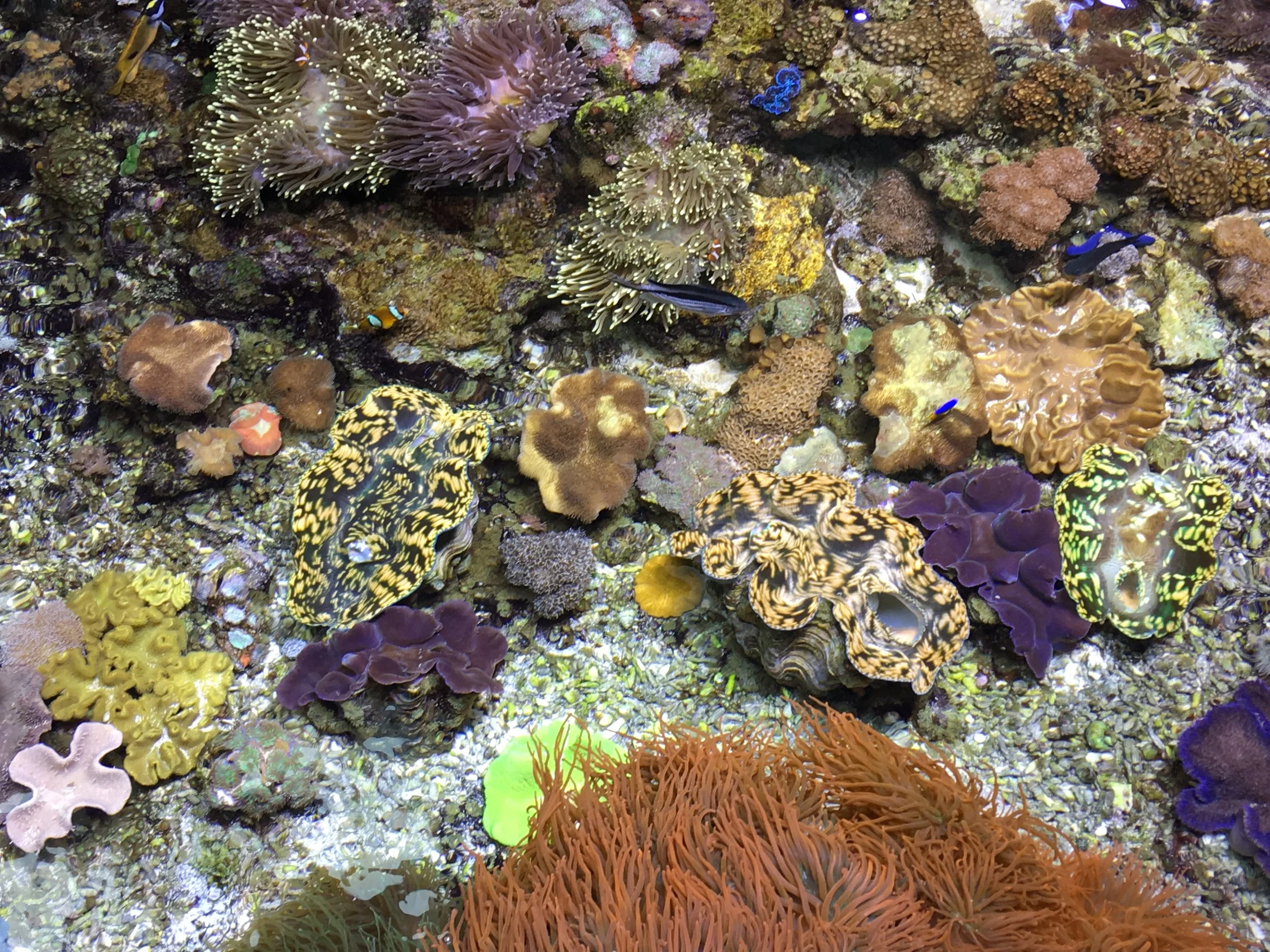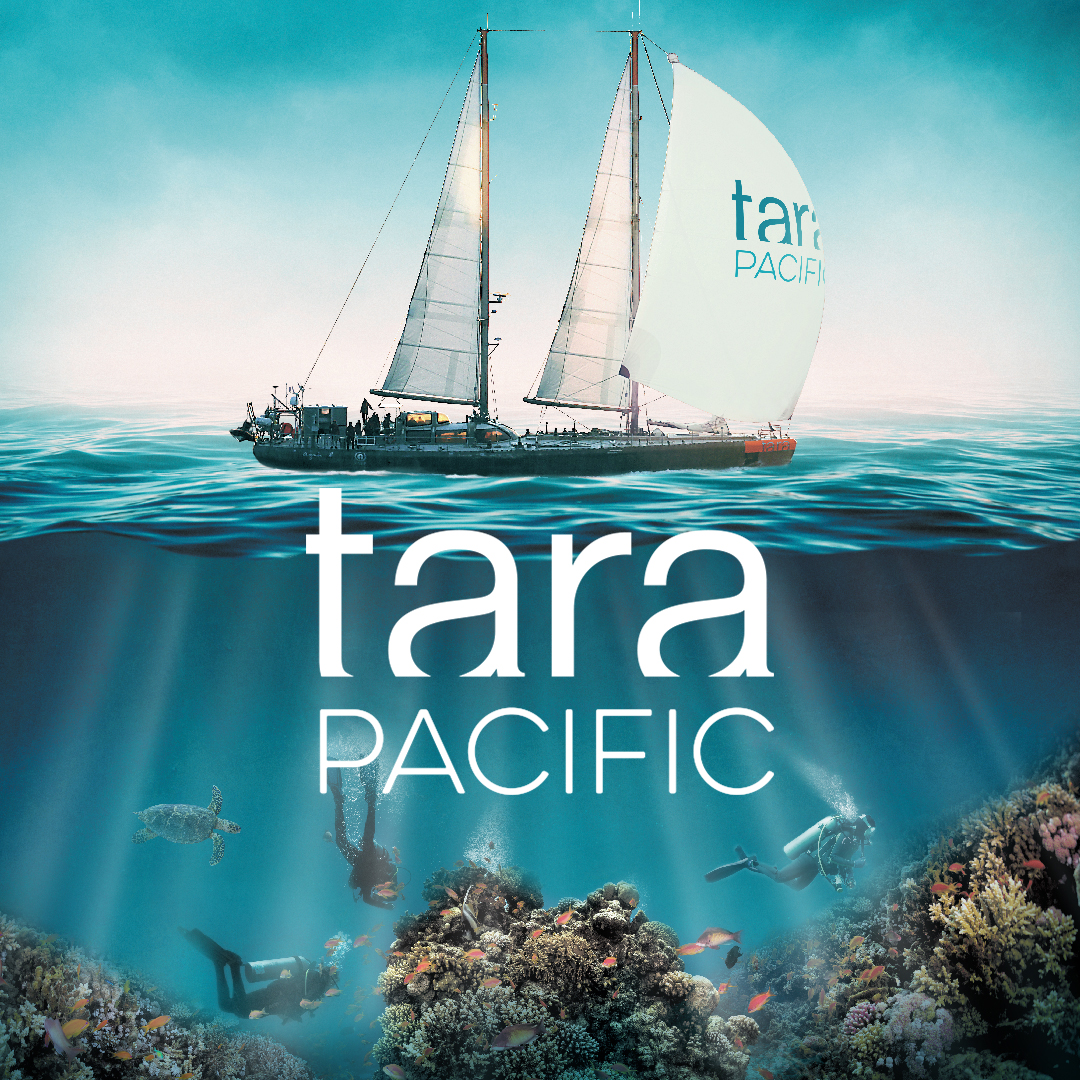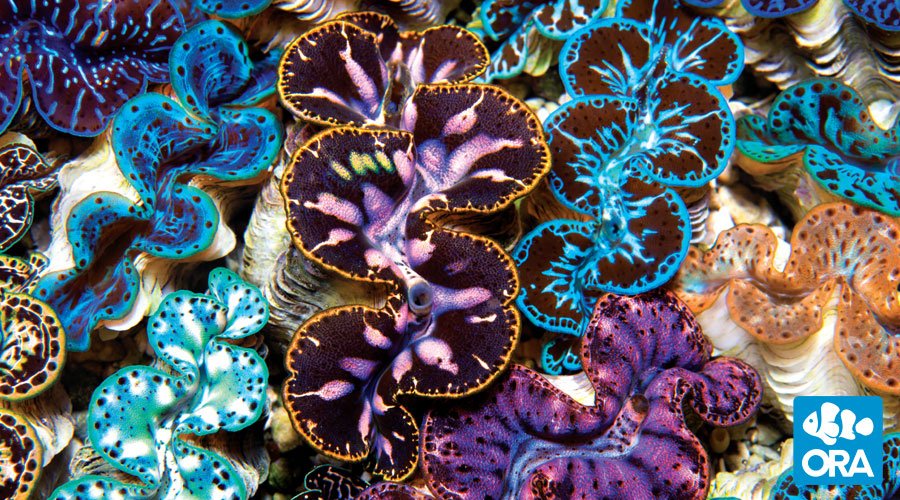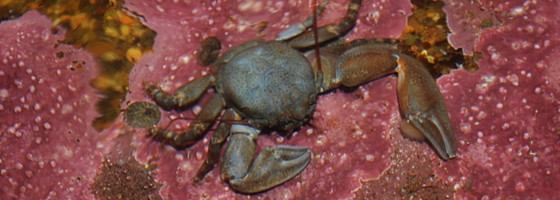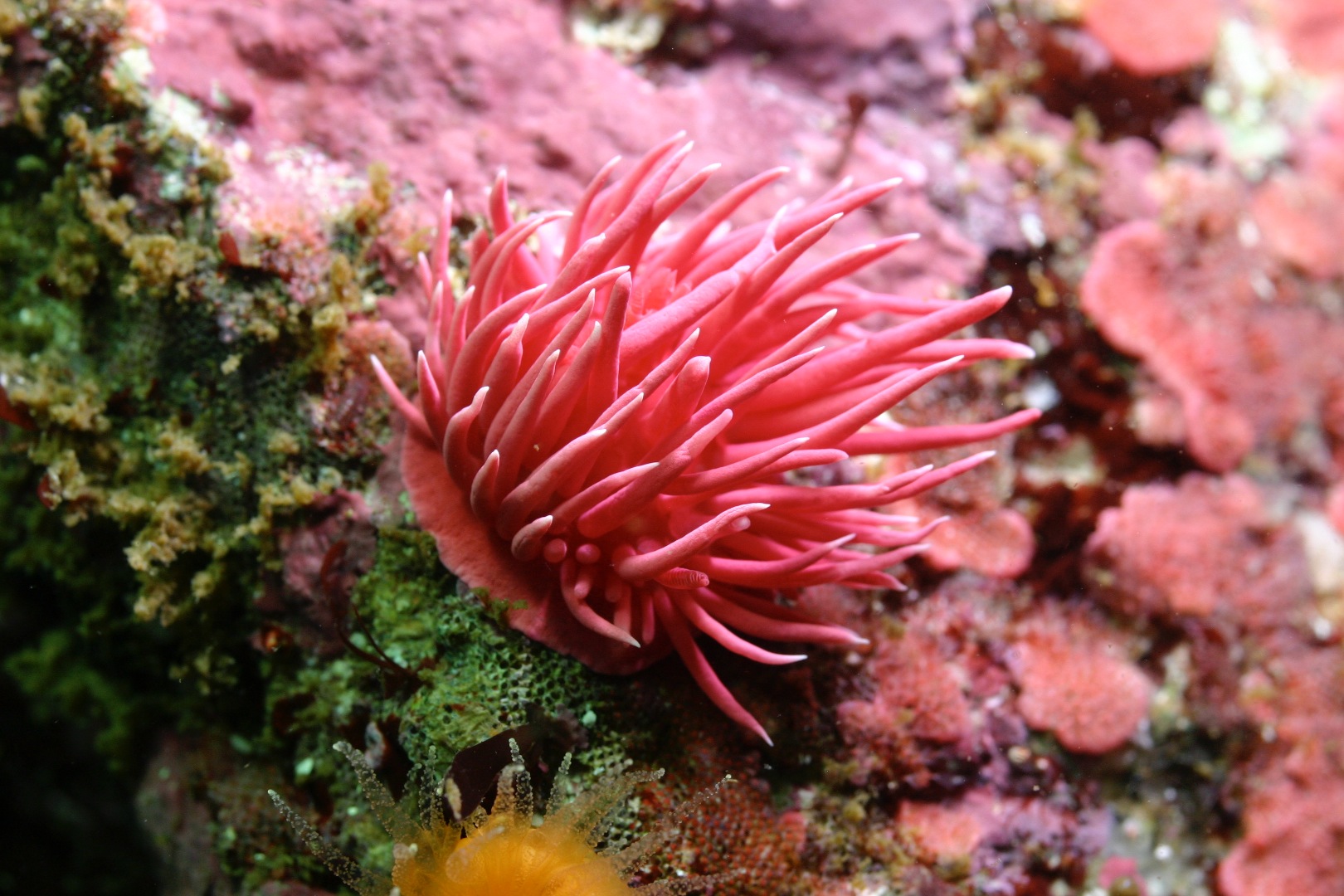Strategies of Thermal Adaptation and Acclimation in Marine Ecotherms
heat tolerance trades-off aginst heat tolerance plasticity in Intertidal molluscs
Hopkins Rose Nudibranch - Okenia rosacea
Fitzgerald Marine Reserve, Moss Beach, CA
Photography: Madelief Schelvis
Temperature is a critical abiotic driver in determining distribution patterns of ectothermic organisms (Somero et al., 2017; Angilletta, 2009). Predicting how climate change will shift these patterns requires an understanding of physiological sensitivity to increased mean and extreme temperatures. Beyond the scope of basic temperature-driven effects on physiological processes (i.e. Q10 effects), which can pose significant ecological challenges for an organism (e.g. increased energetic demands, reduced oxygen supply capacity, etc.), two factors determine a species’ relative vulnerability to severe temperature exposure: its inherent heat tolerance (CTmax) and its ability to reversibly adjust heat tolerance (plasticity) (Angilletta 2009; Verberk et al. 2017).
The evolutionary relationship between heat tolerance and plasticity remains elusive. In some ectotherms, the maintenance of high heat tolerance comes at the cost (i.e. trades-off against) plastic response capacity. This trade-off hypothesis of thermal adaptation has been demonstrated in Petrolisthes porcelain crabs (Stillman 2003) and shrimp (Magozzi and Calosi 2015). However, in other species, most notably Deronectes diving beetles, heat tolerance and plasticity are positively correlated (Calosi et al. 2008) suggesting that no trade-off exists. However, recent work examining the confounding role of oxygen supply structures has put the physiological basis of this pattern into question (Verberk et al. 2017). Complicating these results, recent meta-analyses failed to provide global support for either pattern of thermal adaptation among a diverse set of taxa including fish, amphibians, crustaceans, insects, and reptiles (Overgaard et al. 2011; Gunderson and Stillman 2015). Those analyses however did not include estimates for several taxa, including molluscs.
Heat tolerance plasticity and heat tolerance are negatively correlated in intertidal gastropod molluscs. Mean heat tolerance plasticities (CTmax ARR) are plotted against mean heat tolerance limits (CTmax, 13°C acclimation group) for each species for which data was available. The resulting, phylogenetically constrained, negative relationship suggests that nudibranchs with the highest inherent tolerances of warming are also the least able to plastically adjust those limits in the face of future temperature increases.
My research has provided the first-ever estimates of heat tolerance plasticity and thermal safety margins in an ecologically important group of molluscs, the nudibranch gastropods. I have demonstrated that high inherent heat tolerance is associated with low thermal acclimation potential in several intertidal eastern Pacific nudibranch species, providing support for the Trade-off Hypothesis of thermal adaptation in this group. From these data, we can conclude that warm-adaptation in intertidal nudibranchs constrains acclimatory responses to acute thermal challenge, and that warm-adapted species are likely most vulnerable to future warming.
